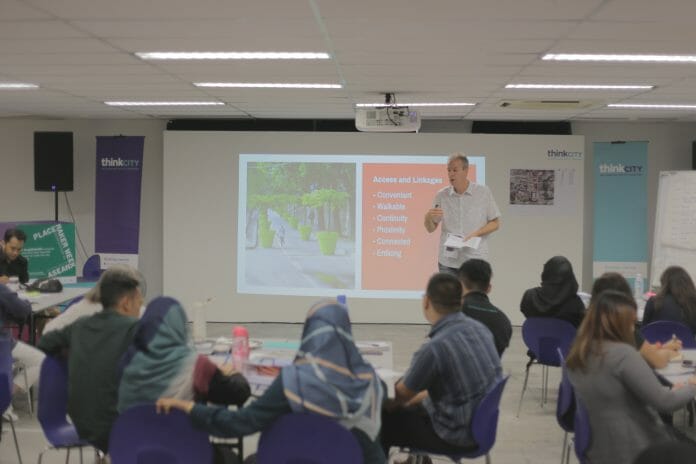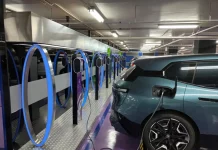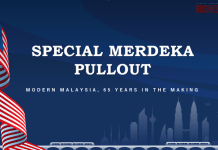Recently, STIPO, a European placemaking advocate and consultancy facilitated a placemaking workshop, The City At Eye Level Asia, at Ruang by Think City. This workshop was also co-organised by the Malaysian Institute of Planners (MIP).
The aim is to arm urban stakeholders with the tools to transform public spaces. This initiative was in line to the upcoming Placemaker Week ASEAN which will take place in November 2019, presented for the first time in Kuala Lumpur by Think City and UN-Habitat.
There is an increasing need for urban practitioners to create great cities at the pedestrian level. By discarding featureless facades and public spaces and replacing them with spaces that attract the eye through colour, movement and aesthetic features, people will be drawn to those spaces.
By 2030, eight out of ten Malaysians are expected to live in cities so there is more need than ever for clever and creative planning solutions to develop and maintain public spaces.
STIPO’s Partner, Senior Advisor Hans Karssenberg said, “studies have shown that vibrant public spaces allow people to linger 30 percent longer and spend more at surrounding businesses”.
“Placemaking should allow all stakeholders to co-create a vision for a public space, translating concepts into long-term strategies that allows a space to be sustainable for the community,” added Karssenberg.
Karssenberg further added that, as a placemaker, you need to build up your knowledge of the place and the more you do that, the deeper the understanding you have about that place which would help to create a more inclusive and intimate atmosphere. It is the combination of physical, socio-economic, and cultural interventions that makes a placemaking approach work.
The participants for workshop included representatives from the Malaysian Institute of Planners (MIP), Badan Warisan Budaya, Majlis Perbandaran Subang Jaya (MPSJ), Petaling Jaya City Council (MBPJ), Bukit Bintang Foundation, Think City and Nextdor Property Communications.
The programme also included included a place game, where participants needed to visit a site to identify its strengths and weaknesses and propose opportunities to improve it. The attendees were assigned to explore different parts of Petaling Street. They were also encouraged to connect with people and local business owners for a more participatory approach to placemaking.
“Every street in a historic area has its own identity and you would need to discover its DNA and build on that. Each street has its own distinct character and a street, laneway or even a shop within a historic core is not a museum. It remains dynamic and must fit the needs of the community first.
“To provide an authentic experience for users of the space, you have to work on a bottom-up process and facilitate it. A top-down approach which is commonly used by municipalities and real estate developers often disconnects local communities and businesses from the space,” he said.










